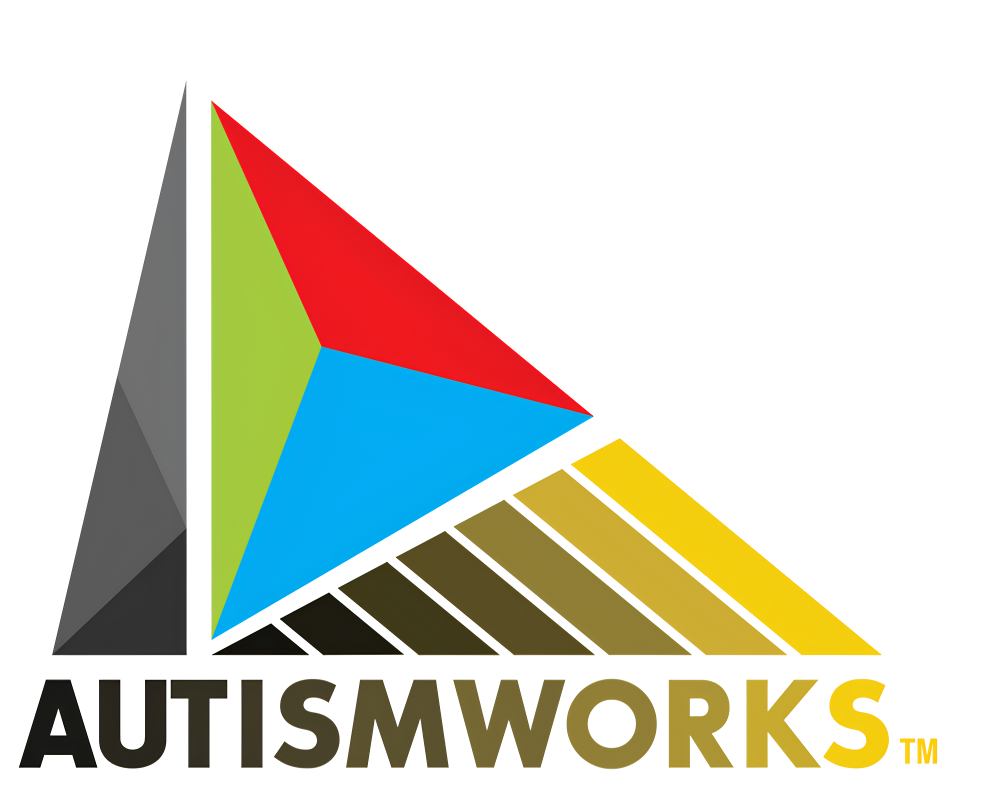
Mastering Meltdowns: Effective Coping Strategies
Oct 17, 2024
Sports Sensory Challenge: From TV to Stadium
Sep 12, 2024
Embracing Hobbies: Pathways to Peace and Potential
Aug 09, 2024
The Four A's in Autism: From Awareness to Action
Jul 13, 2024
Navigating Public Transport: A Guide for Travelers
May 14, 2024
Navigating the Calm: Strategies to Prevent Meltdowns
Mar 12, 2024











